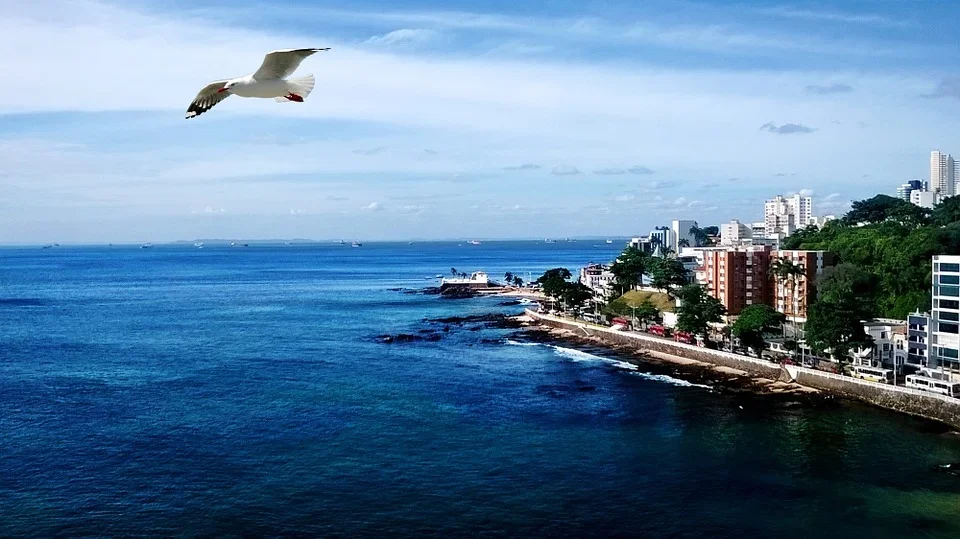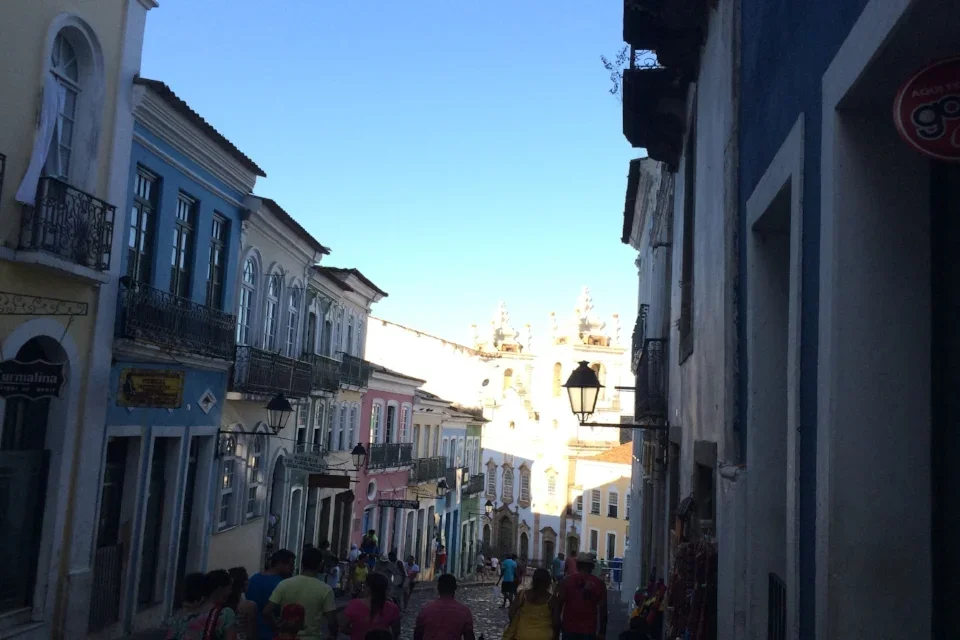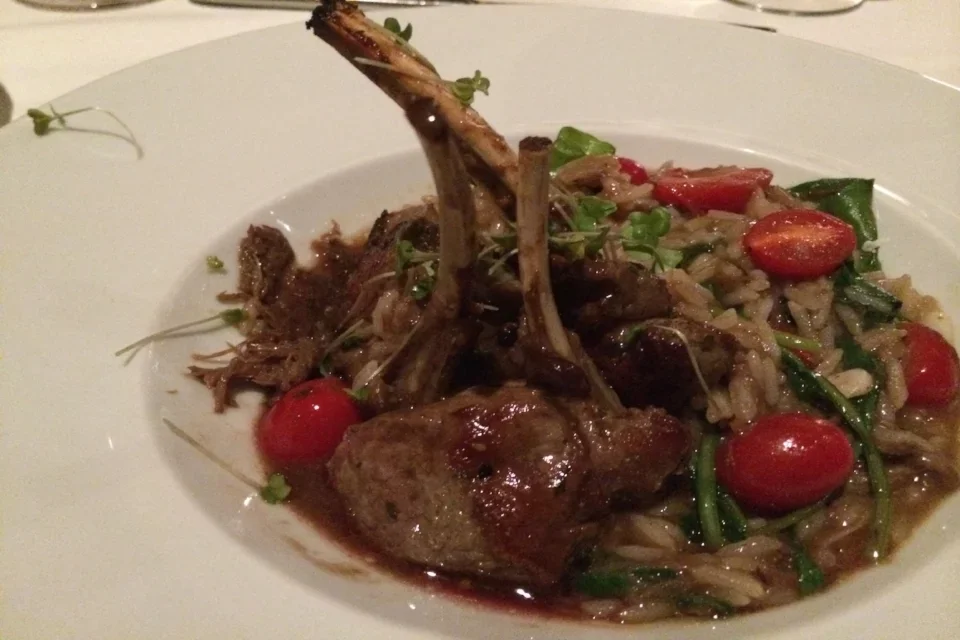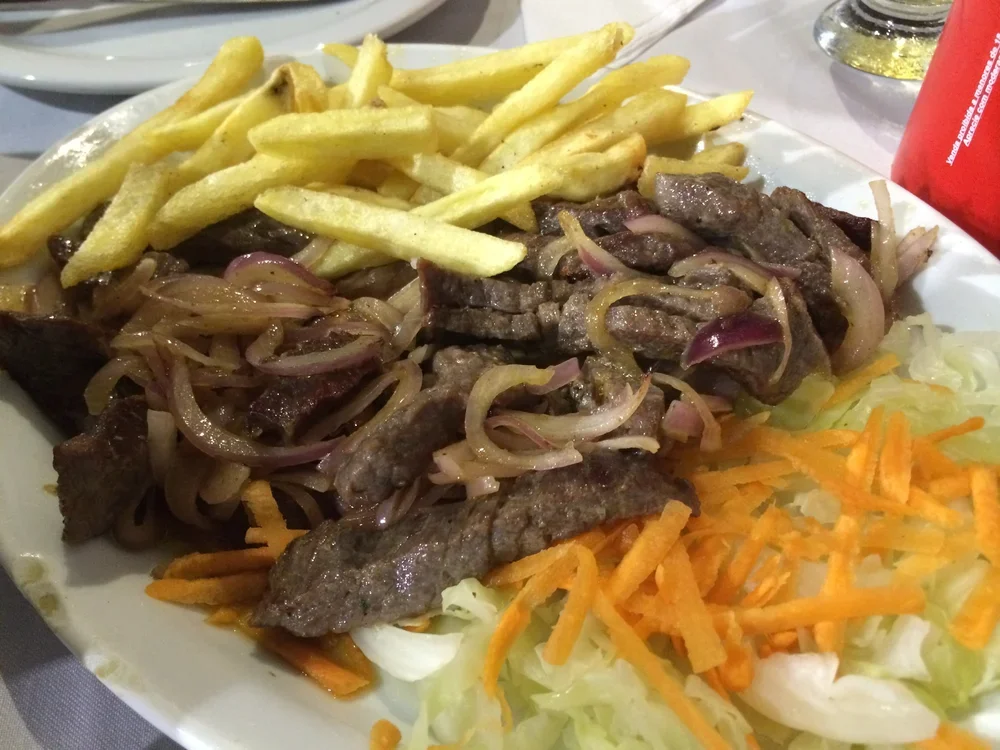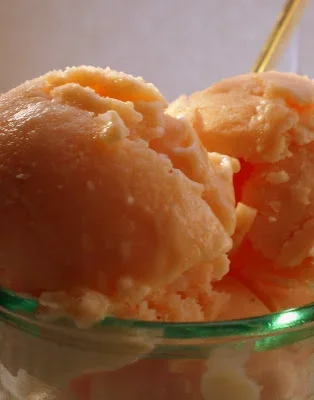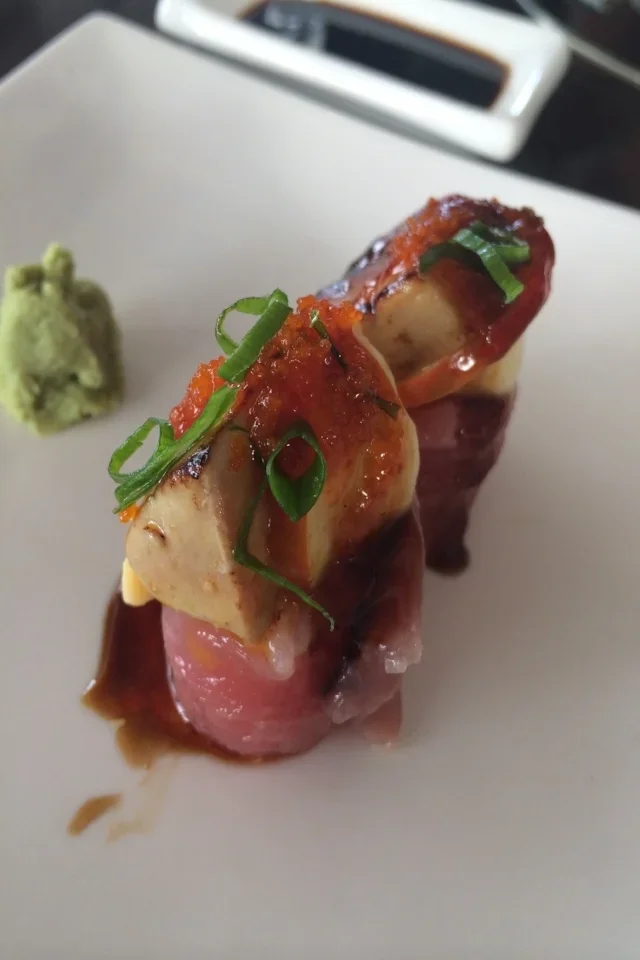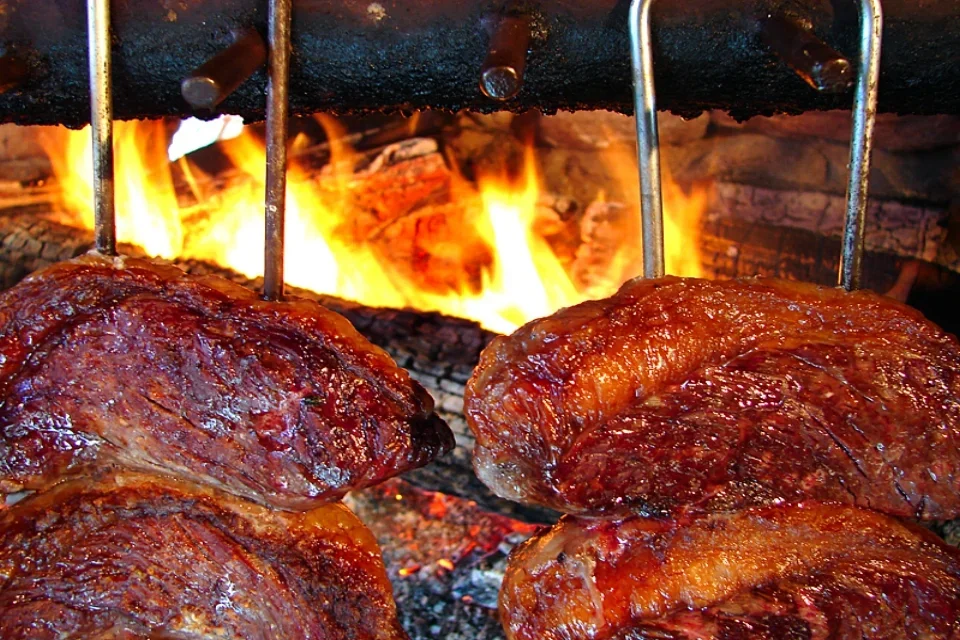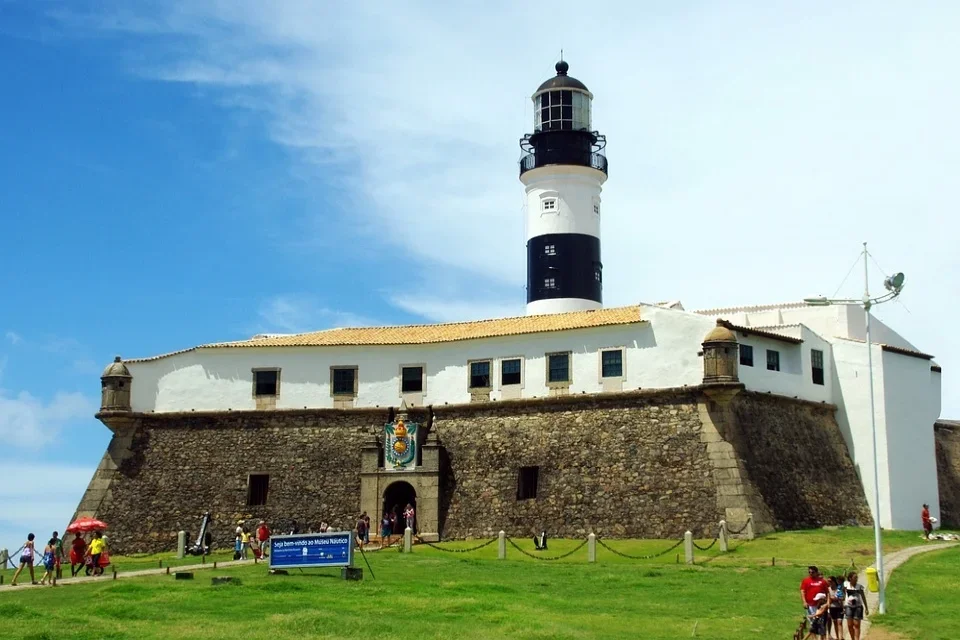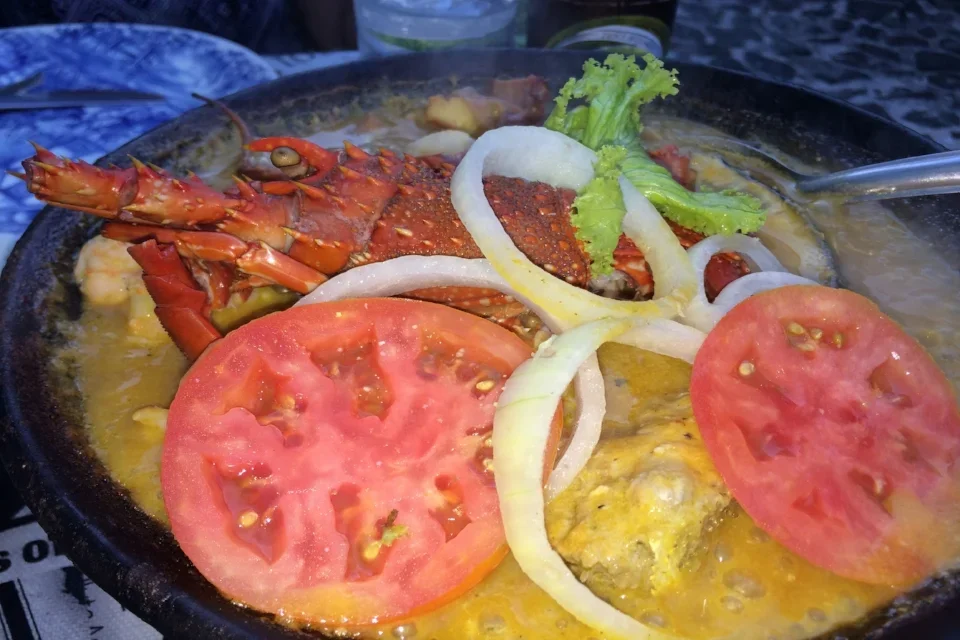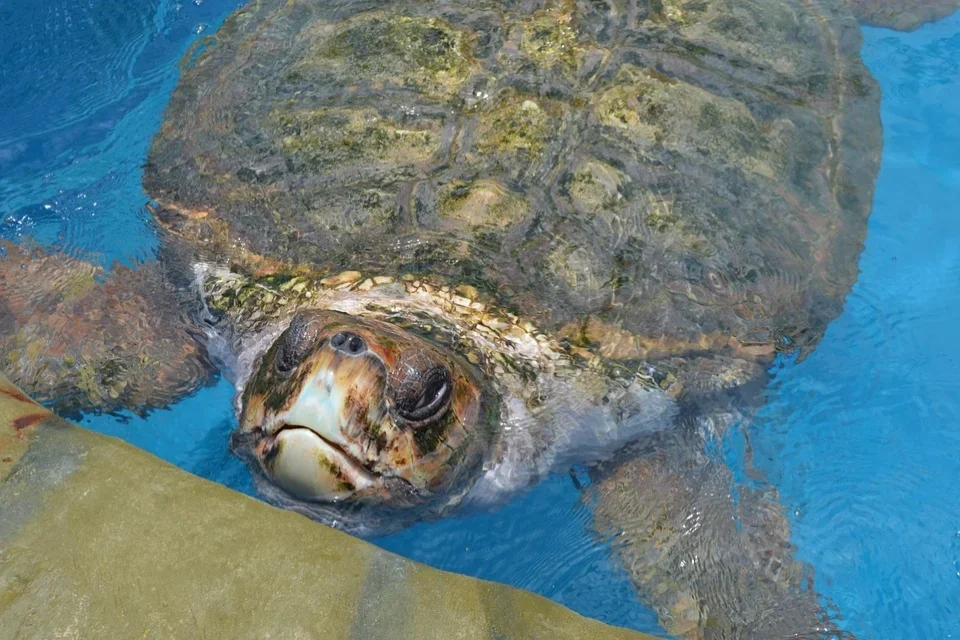Salvador is not nearly as popular as its sister city, Rio or big brother Sao Paolo. However, located approximately 3 hours north of Rio by plane, Salvador is actually the capital of Bahia with a population over 3 million. Unlike the tourism that is prevalent throughout the aforementioned cities, I don't think you will find a more authentic Brazilian experience than in Salvador. As the western most geographic point in Brazil, Salvador is rich in culture, influenced by African and Latin roots. A visit to Salvador will no-doubt be your gateway travel drug that motivates travel to Africa. Word is traveling fast regarding the bountiful beaches of Bahia. Get there soon to enjoy its natural beauty and spirit.
Day 1 — Bonfim, Bay Breezes & the Old Soul of the City
If you want to understand Brazil, skip the postcards and go where faith, sweat, and history meet.
Basílica do Senhor do Bonfim - Start at Bonfim, where faith isn’t quiet or polite — it’s loud, colorful, human.
Tie a fitinha ribbon. Make a wish. Watch old women shuffle in, whispering their hopes. Feel the air thicken with incense, heat, and decades of devotion. This isn’t a tourist stop. It’s the spiritual pulse of the people.The Beach (Anywhere Locals Go) - Rio may have Ipanema, but Salvador’s beaches have character. No pretense — just the Atlantic tossing itself against rocks, kids diving for fun, vendors with coolers shouting for attention. Order a água de coco. Let the sun bake the cynicism out of you.
Pelourinho Walk - Pelourinho is contradictions layered on cobblestones. Afro-Brazilian drumming echoing off pastel buildings. Capoeira circles forming in doorways. History everywhere — both the beauty and the brutality. Stop for photos, snacks, or just to watch the world move. No rush.
Restaurante Maria Mata Mouro (Pelourinho) - Tucked behind a leafy courtyard, this restaurant is a quiet refuge from Pelô’s chaos. Bahian dishes elevated without losing their soul: moquecas, casquinha de siri, fresh fish swimming in dendê and coconut milk. Perfect end to a day soaked in history.
Day 2 — Marina Mornings, Sushi Nights & Zulu-Style Mischief
Cities built on water know how to enjoy themselves — especially when the heat hovers like a permanent dare.
Bahia Marina - Walk the docks. Admire the boats you’ll never own. Locals sipping iced drinks, fishermen yelling across the pier, the breeze rolling off the bay with that mix of salt and possibility. It’s the kind of place where time dissolves.
Caranguejo (Anywhere Good & Local) - Crab is messy, primal, delicious work. Plastic bib, cracking shells, lime squeezed everywhere, cold beer sliding down easy. This is the side of Brazil you don’t see in travel magazines — hands dirty, mouth on fire, everyone smiling.
Local Ice Cream — Sorveteria da Ribeira or Similar - Bahian ice cream isn’t ice cream. It’s fruit you didn’t know existed spun into cold magic. Try cajá, graviola, umbu or tapioca. The kind of flavors that remind you the tropics never play fair.
Soho Sushi (Bahia Marina) - Soho — sleek, modern, waterfront views. The kind of sushi that surprises you in Brazil. Tuna that tastes like the sea still misses it.
Day 3 — Barra Sunsets, Steakhouse Indulgence & The Lighthouse That Cuts the Sky
Some views you earn. Others are just waiting to knock the breath out of you.
Farol da Barra - Waves crashing against black volcanic rocks. Locals jogging, tourists taking selfies, fishermen debating tides. The lighthouse stands there, unbothered, timeless. Walk the fort, feel the salt in your hair, grab a street snack.
Fogo de Chão - Sure, it’s a chain — but in Brazil, it’s religion. Meat carved tableside with the precision of surgeons. Salad bar that makes vegetarians weep with joy. Flip your token green. Eat until euphoria. Flip red before regret.
The Beach — Round 2 (Barra or Rio Vermelho) - Every Bahian beach is a different personality. Barra is crowd energy. Rio Vermelho is attitude. Find a barraca (beach shack), order a caipirinha or a Skol, and surrender to the rhythm of the waves and whoever’s selling grilled cheese on a stick.
Bar Zulu or a Quiet Bahian Spot Nearby - If you want noise, go to Zulu. Then drift to Bar Zulu, a Rio Vermelho institution. Caipirinhas that hit hard. Music spilling out into the street. Crowds equal parts beautiful and unpredictable. If you want quiet, head to a seafood spot on the side streets and order moqueca or bobó de camarão like a local. Eat slow. Enjoy the night breeze.
Day 4 — Turtles, Tide Pools & The Kind of Brazil You Never Forget
Leave the city. See the coast in its wild state. Understand why people fall in love with Bahia and never leave.
Praia do Forte → Tamar Project - Praia do Forte is a beach village softened by palm trees and sea wind. Walk sandy streets, stop for tapioca crepes or strong coffee, listen to the surf. Then visit the Tamar Project — Brazil’s legendary sea turtle conservation program. Kids watching baby turtles. Biologists explaining survival odds. A story of hope in a very real world.
Beachfront Restaurant (Praia do Forte) - Fresh grilled fish. Coconut rice. Farofa. Cold beer sweating on the table. No stress, no schedule. Just Bahia doing what Bahia does best.
Natural Pools & Village Wander - Check the tide. If it’s low, walk out to the coral pools — warm, clear, calm, filled with colorful fish. Then wander the village shops for handmade crafts and local sweets.
Sunset at Praia d o Porto (Praia do Forte) with Fresh Açaí & Street Music - If you don’t feel like driving straight back to Salvador, linger in Praia do Forte for the sunset — it’s the kind of golden light that makes strangers quiet. Walk to Praia do Porto, where fishing boats bob against the tide and the sky bleeds orange over the water. Order a cup of real açaí (thick, almost chewy, topped with banana and granola) from one of the beach kiosks. Then sit on the sand and let the street musicians drift in — guitar, drums, maybe a soft samba-reggae rhythm carried on the breeze.

